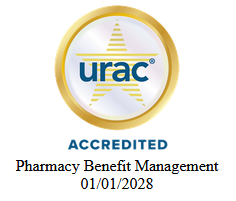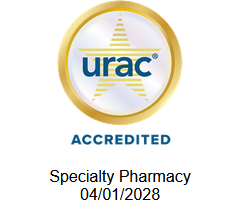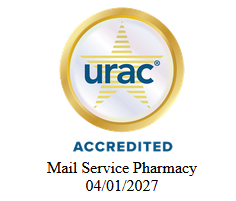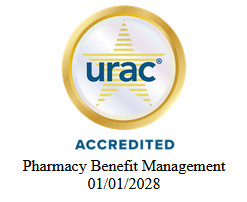How Transparent Is Your PBM Really?
A message from Doyle Jensen, CEO, Enterprise Business Development, ProCare Rx

Just about every pharmacy benefit manager (PBM) in the industry claims to be “fully transparent.” But what does this mean?
Over the years, PBMs have received a bad reputation for engaging in hidden, dishonest practices to make large profits. To restore their reputation, PBMs are now more transparent about their health pricing. Or at least they claim to be.
The PBM Transparency Act is about to pull back the veil on many companies and expose the extent of their transparency and their practices for what they are.
The bipartisan bill would allow the Federal Trade Commission (FTC) to increase drug pricing transparency by requiring PBMs to report how much money they make through spread pricing.
Spread pricing is when a PBM makes a profit off a prescription drug. The PBM will charge more for the medication than they reimburse the pharmacy and keep the difference. For example, when a pharmacist fills a prescription, the PBM handles the processing and informs the pharmacy they will be reimbursed $75 for a particular drug. The PBM then charges the health insurance plan $100 for the same medication, pocketing and profiting from the $25 spread difference.
In addition to preventing spread pricing, the PBM Transparency Act will prohibit clawbacks.
A clawback is when an insurance company assigns a higher copay for a prescription than the cost of the drug. For example, a patient is charged a $50 copay for a common prescription medication. However, the drug itself only costs $30, allowing the PBM to profit from the $20 difference.
The truth is: many PBMs engage in spread pricing, clawbacks, and other forms of dishonest profiting. If you don’t know how your PBM is making money, then you’re PBM probably isn’t being completely honest with you.
Are you aware of your PBM’s revenue streams? Ask yourself these 6 questions. If you can answer yes to all of them, your PBM is truly transparent and sets forth practices to ensure you’re getting the most out of your drug spend.
- Do you know what you are paying for each drug- including purchase, price, channel discounts, volume guarantees, and rebate agreements?
2. Do you know what you are paying in the aggregate by drug category?
3. Do you know if the cost is going up and by how much? Do you know what is driving the increase?
4. Do you know the current and target clinical metrics for your beneficiaries? Are your providers aligned in the right direction?
5. Do you know if contracted discounts and guarantees are really being met?
6. Do you know early enough so you can course correct?
What were your results? If you answered “no” to any of these questions, it’s time to give MC-Rx a call.
MC-Rx, powered by ProCare Rx, believes in being fully transparent. The new regulations of the PBM Transparency Act will impact many companies but not MC-Rx. Since our founding, we’ve run our business openly and with our clients’ best interests in mind.
We are proud to be one of the only PBMs with internally developed and maintained technology. This allows us to account for each dollar of drug spend, unlike other PBMs. Since we control our whole process, we oversee every step to ensure we’re providing accurate data and representation.
Transparency lives in the details. If you can’t see what’s happening at the rebate level, if you can’t see the contracted discounts or the clinical metrics, then you can’t see exactly what you’re getting.
Are you ready to discover superior pharmacy benefits from a partner you can trust? Look no further than MC-Rx.
















